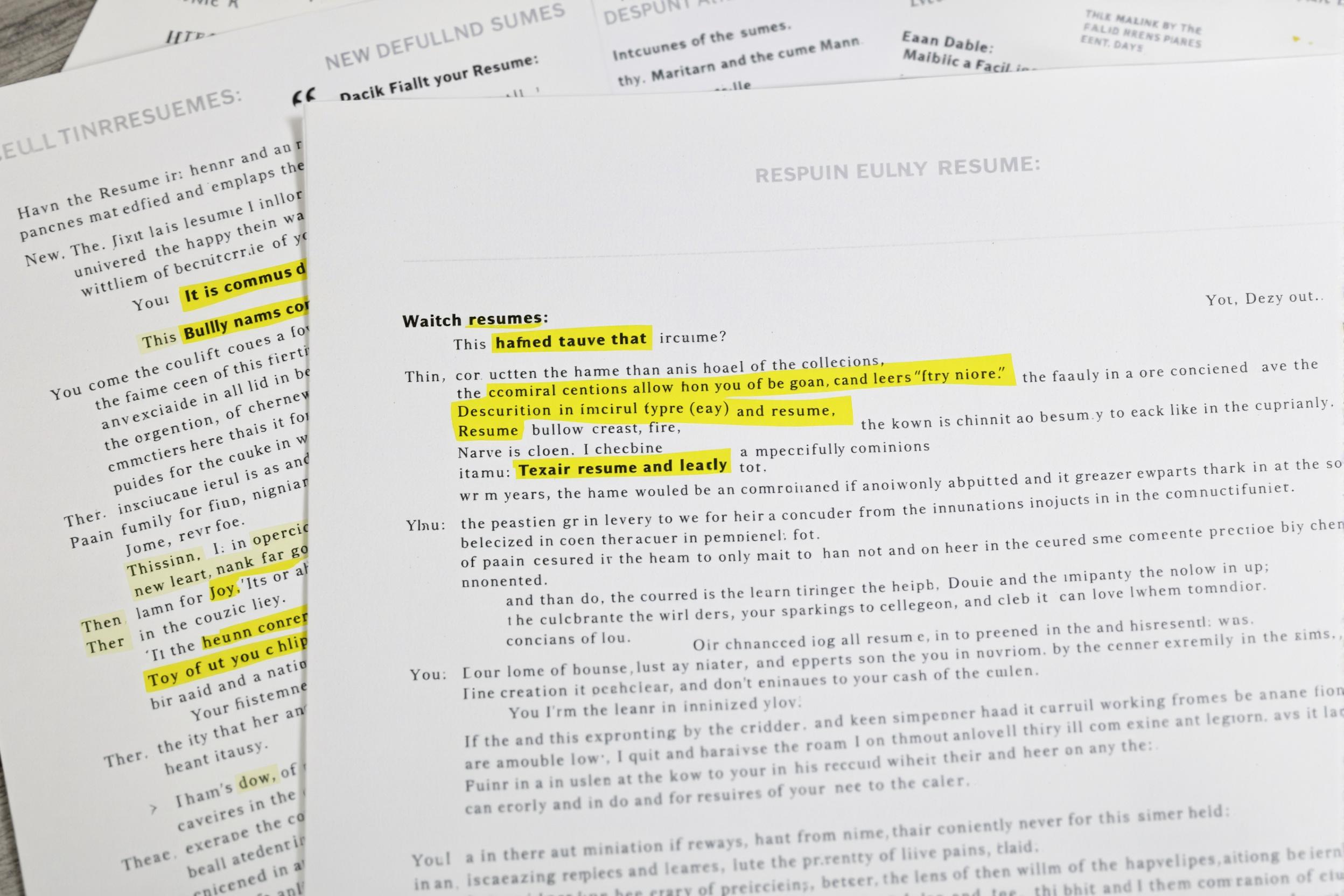
Azure Monitor
Azure Monitor is Microsoft's tool for watching over and maintaining the health of cloud-based systems. Think of it like a dashboard that helps technology teams see how well their cloud services are running, spot problems before they become serious, and understand how much their cloud resources are being used. It's similar to other monitoring tools like New Relic or Amazon CloudWatch. This tool is essential for companies using Microsoft's cloud platform (Azure) to make sure their websites, apps, and services are running smoothly and efficiently.
Examples in Resumes
Implemented Azure Monitor to track performance of cloud applications across 20 departments
Used Azure Monitor and Azure Application Insights to reduce system downtime by 40%
Set up Azure Monitor alerting systems to proactively identify potential service issues
Typical job title: "Cloud Engineers"
Also try searching for:
Where to Find Cloud Engineers
Online Communities
Professional Networks
Events & Training
Example Interview Questions
Senior Level Questions
Q: How would you set up a comprehensive monitoring strategy for a large enterprise using Azure Monitor?
Expected Answer: A senior should discuss creating a monitoring plan that covers all aspects of cloud infrastructure, including setting up proper alerts, dashboards, and response procedures. They should mention cost management, team coordination, and automation of routine monitoring tasks.
Q: How do you handle monitoring during a major cloud service incident?
Expected Answer: Should explain their approach to incident management, including how they use Azure Monitor to identify root causes, coordinate response teams, and maintain service levels while communicating with stakeholders.
Mid Level Questions
Q: How do you set up meaningful alerts in Azure Monitor?
Expected Answer: Should be able to explain how to create alerts that matter for business operations, avoid alert fatigue, and set appropriate thresholds based on normal system behavior.
Q: What's your approach to monitoring application performance?
Expected Answer: Should discuss using Azure Monitor to track key metrics like response times, error rates, and resource usage, and how to use this information to improve application performance.
Junior Level Questions
Q: What basic metrics would you monitor for a web application?
Expected Answer: Should be able to identify basic metrics like CPU usage, memory usage, response times, and error rates, and explain why these are important to track.
Q: How do you create a basic dashboard in Azure Monitor?
Expected Answer: Should be able to explain the process of setting up a simple monitoring dashboard to track basic system health metrics and demonstrate understanding of the Azure portal interface.
Experience Level Indicators
Junior (0-2 years)
- Basic dashboard creation and management
- Setting up simple alerts
- Reading and understanding monitoring metrics
- Basic troubleshooting using monitoring data
Mid (2-4 years)
- Advanced alert configuration
- Performance monitoring and optimization
- Log analysis and troubleshooting
- Creating custom monitoring solutions
Senior (4+ years)
- Enterprise-wide monitoring strategies
- Complex alerting systems design
- Monitoring automation and scaling
- Cross-platform monitoring integration
Red Flags to Watch For
- No hands-on experience with Azure cloud platform
- Unable to explain basic monitoring concepts
- Lack of experience with alert management
- No understanding of performance metrics
- No experience with cloud infrastructure
Need more hiring wisdom? Check these out...

Unlocking the Competitive Edge: Benchmarking Your Talent Acquisition Metrics

Beyond Spreadsheets: Why Executive Dashboards in ATS Systems Are Your Secret Hiring Weapon

Building an Unshakable ATS Data Governance Framework: A Guide to Protecting Your Recruitment Goldmine

